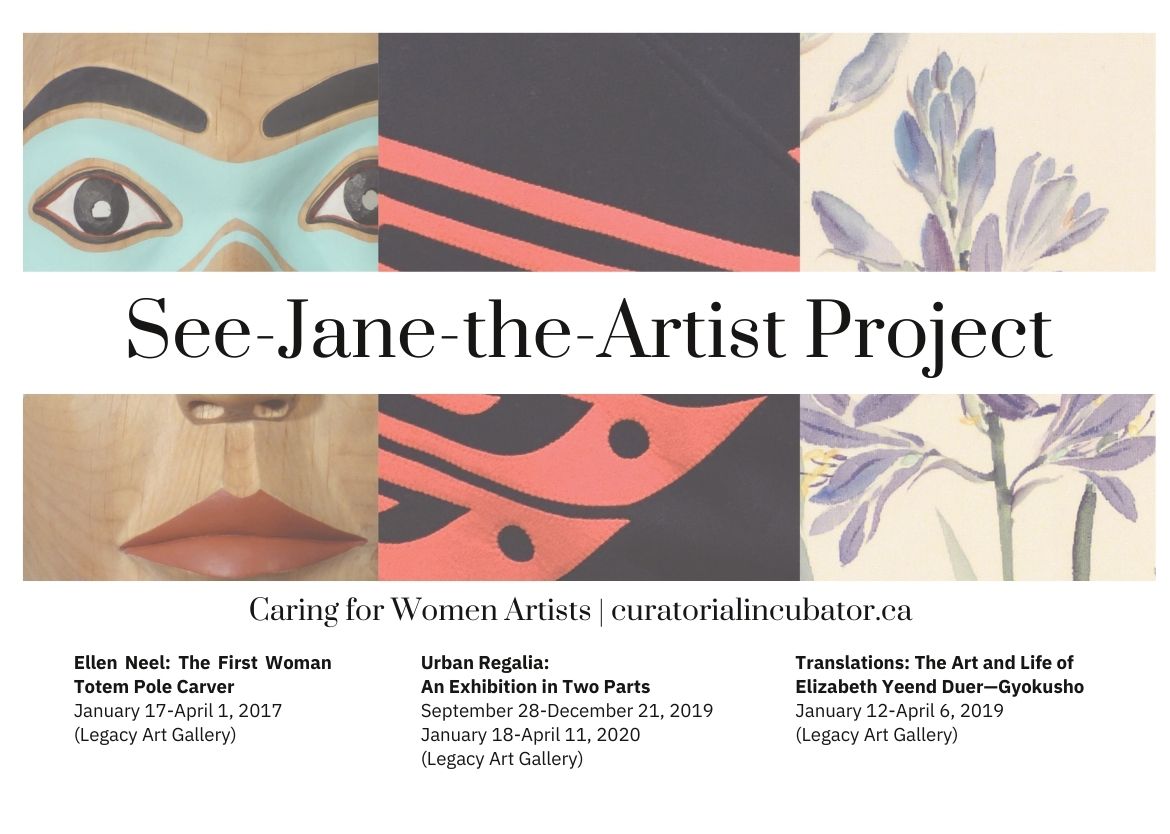Collaboration and Empathy: Twin Tenets to Foster Understanding
By Carolyn Butler-Palmer, Associate Professor at University of Victoria
The Truth and Reconciliation Commission’s findings and the forensic evidence of the genocide at a preponderance of Canada’s residential schools reaffirm the need to rethink and develop new approaches to curating. Discourses of a community-based, team approach, Indigenous, and Settler Responsibility have all emerged as part of the practice of destabilizing perceived and actual practices of curating as the hierarchical, authoritative, and colonizing. As a White Settler academic and a professional museum responsible for curating exhibitions that transcend cultural boundaries, I now see curating as a negotiation process–often a practice of reconciliation. My current approach to curating is informed by the neuro-science-based method that FBI international kidnapping negotiator Chris Voss refers to as “tactical empathy.” According to Voss, tactical empathy works from the “premise that individuals want to be understood and accepted and that collaboration and empathy are at the core of good negotiations.” Although Voss offers up several tactical empathy negotiation tools, in this short paper, I focus on two that I regularly rely on in my curatorial practice: deep listening and mirroring.
Deep listening is not about simply doing what another–the artist, family, or community–wants you to do. More often than not, important information comes out in more subtle ways. Deep listening means listening to an artist or an artist’s family over a long period. Listening to them talk about their work. Listening to them talk about their lives. I am listening to what is important to them. I listened for unexpected pieces of information conveyed to me and became the parti for a curatorial project. For example, in the fall of 2019, I curated an exhibition Urban Regalia: Suglit Lukxs, for the University of Victoria’s Legacy Gallery. Urban Regalia: Suglit Lukxs featured the haute couture designs of Gitxan artist Suglit Lukxs (Yolonda Skelton). In 2019, Suglit Lukxs was an emerging fashion designer. When we first met to discuss the possibility of an exhibition, Yolonda told me about her recent trip to Paris for Fashion Week and how the staff beckoned her to come into the House of Yves St. Laurent showroom how crossing the threshold was such a welcoming moment. Although no direct request was made, Yolonda’s story inspired the parti for Urban Regalia: Suglit Lukxs, 2019, to transform the gallery space into a showroom for Suglit Lukxs. Beyond the exhibit, a significant output of the project is the deep friendship Yolonda and I developed through our collaboration

I have also used deep listening and mirroring strategies in historic, collections-based exhibitions. In Translations: the Art and Life of Elizabeth Yeend Duer–Gyokushō, 2017, deep listening involved carefully reading l inscribed on the recto and verso of a painting Wildflowers Sommerset. This miniature flower painting created at cousin Katharine Maltwood’s home depicts a basket of wildflowers. Duer signed the painting with her Japanese painter’s name Gykushō and one of the related seals. On the back of the picture, each of the wildflowers is carefully identified; she signs with her English name Elizabeth Yeend Duer and the phonetic pronunciation of her Japanese name-GYO-KU-SHOW. By “listening” to Duer’s words, Wildflowers Sommerset, along with the title on a seemingly random cardboard index, allowed for the identification of what was previously thought of as fifty-two individual paintings as a series entitled Wildflowers around Victoria Painted on Silk. Moreover, Duer’s act of translating her Japanese name into English is mirrored in the exhibition’s title Translations and in the east-west installation that employed both frames and scrolls.
Curating based on tactical empathy is practice that slows curating, as it depends on an investment in time to develop relationships, attend to emotions, and listen. It is a practice that builds community one relationship at a time.
Imaging Loving your CMS.


